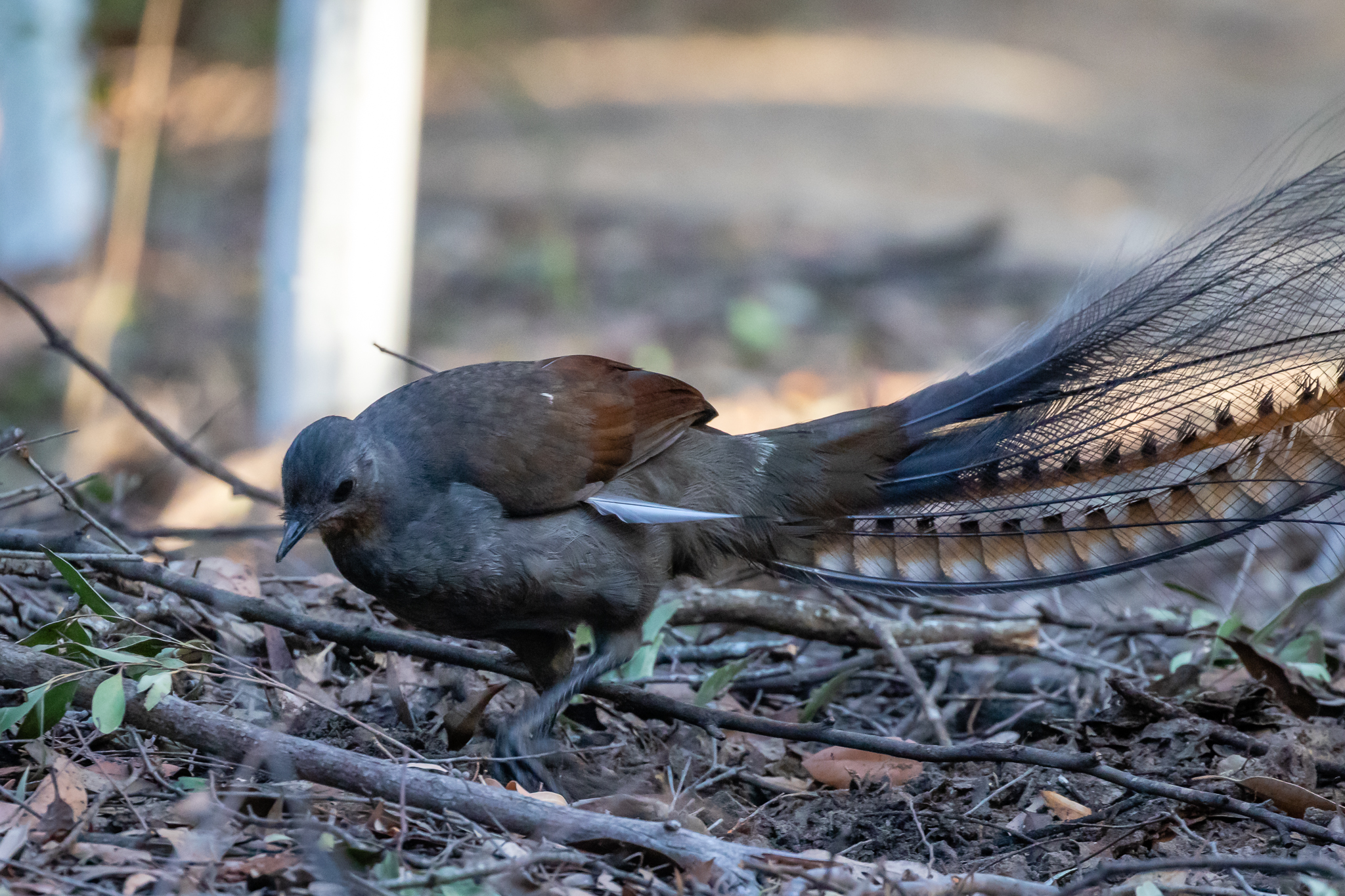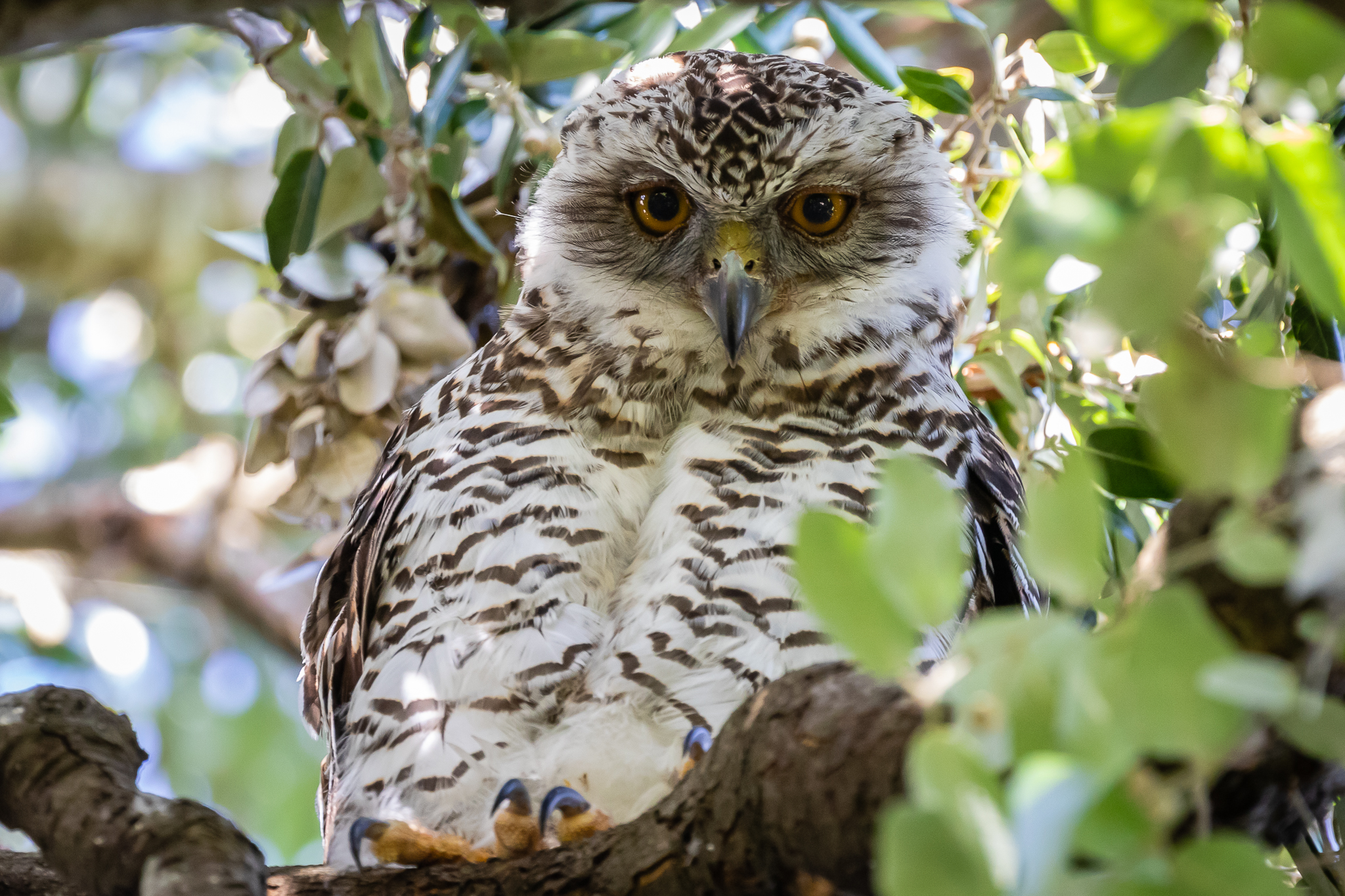The 13 hectares of Randwick Environment Park, nestled behind Sydney Eastern Suburb’s low coastal hills, is an island of bush in the city and haven for an unexpectedly wide range of species. The east has had more rain than most of Sydney over the past two years but not sufficient to reinstate the park’s two hectares of shallow lake and wetlands.
In August 2017 a survey of the wet area described exposed mudflats and 20 bird species including Grey Teal, Pacific Black Ducks, Grebes, Dusky Moorhen, White Ibis, Coots and a White-faced Heron. By April 2018 the same area was described as dry and there were no water birds counted among the 11 species but there were 16 Yellow-tailed Black-Cockatoos. More recent counts have listed only four or five species including Magpies, Kookaburras, Ravens, and Currawongs in the now dried out wetland.
Last week’s survey of the previously wet area was another low count; five species including two Yellow-rumped Thornbills which might be another marker of the dry conditions. However this park continues to surprise and the junction of the oval and walking track was swarming with small birds. Forty or fifty Silvereyes, two dozen Red-whiskered Bulbuls, Red-browed Finches, more Yellow-rumped Thornbills and then Starlings and Common Mynas, Eastern Spinebills, Red Wattlebirds, New Holland Honeyeaters, Spotted Pardalotes, a Golden Whistler, Willie Wagtail and a Restless Flycatcher all in a small area.





















